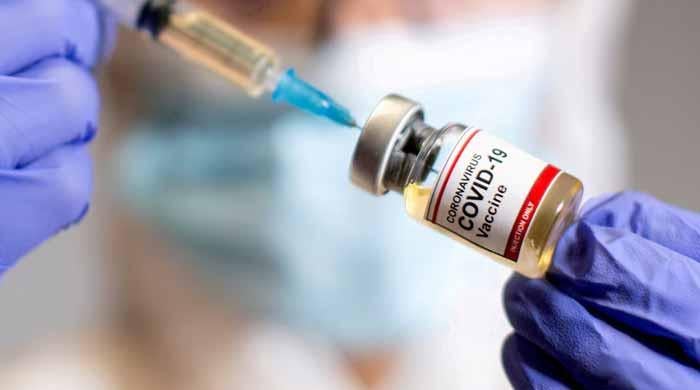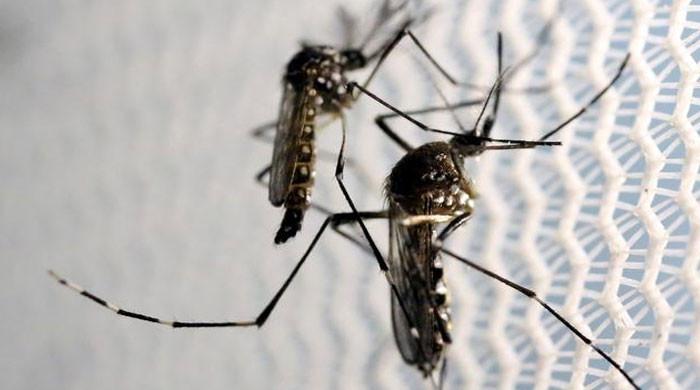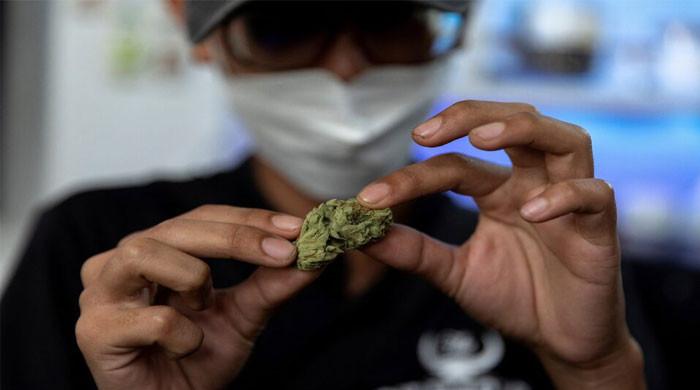Forever chemicals: Are all freshwater fish contaminated in every US state?
Cancer-causing PFASs were detected in the bloodstream of around 95% of US citizens
May 02, 2023

Experts have found that in nearly every state, freshwater fish are contaminated with made-made hazardous chemical PFASs (Per- and poly-fluoroalkyl substances), linked to cancer and other diseases, reported CBS News.
PFASs are a large, complex group of synthetic chemicals that have been used in consumer products around the world since about the 1950s.
They are ingredients in various everyday products.
The study was conducted by the Environmental Working Group (EWG) on the water samples collected by the Environmental Protection Agency (EPA).
According to the Centers for Disease Control and Prevention: "The PFASs are a group of chemicals used to make fluoropolymer coatings and products that resist heat, oil, stains, grease, and water."
Health experts have been warning about these chemicals that last long in the environment and for several years in the human bloodstream. They are also named "forever chemicals".
This chemical was detected in the blood of around 95% of US citizens.
David Andrews, a senior scientist at the EWG and one of the authors of the EPA study, said: "Nearly every single sample had PFASs in it, and at levels that consuming a single serving of fish would be equivalent to a year of contaminated water."
Interactive maps formulated by EWG also show the location of fish contamination and also provide insights on which fish are contaminated with what kind of forever chemicals.
CDC said: "Exposure to PFASs has been linked to a host of health issues, including kidney and testicular cancer, liver damage, and even higher cholesterol."
Abigail Hendershott, a leader of Michigan's efforts to eliminate and mitigate PFAS pollution, said: "The easy thing for consumers to understand is, has my lake been tested? Has my river been tested? So, when it comes to public health and fish consumption, we want to make sure people are thinking about this holistically."
A Detroit auto parts plant released much of these forever chemicals into the Huron River led the Michigan state to declare the fish unsafe for consumption.
Dan Brown, a climatologist and watershed planner for the Huron River Watershed Council, said: "They've just contaminated fish everywhere," said.
The federal government has also urged states to reduce these chemical levels to 90%.
Brown noted: "The Huron River, I think is one of the canaries in the coal mine. I think we're just now seeing the tip of the iceberg. If we're finding PFAS here, in all the fish we sample, I think you go to any river throughout the United States and you're gonna find similar levels of PFASs."
"The longer we use PFASs, the longer we're going to poison ourselves," Brown said.
The EPA had proposed new standards in mid-march to limit levels of these chemicals in public drinking water.
Under the proposed new rules, public water utilities will be required to monitor for six PFASs and reduce the levels in the water supply.
The EPA proposal, which will be finalised by the end of the year, would set national standards for PFASs in drinking water.
President Joe Biden's Bipartisan Infrastructure Law passed in 2021 invests $9 billion over five years to help communities reduce PFASs contamination levels in drinking water.









